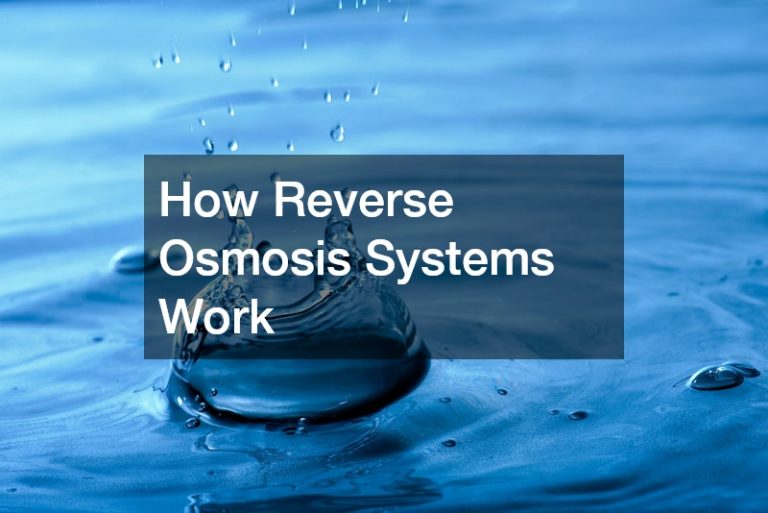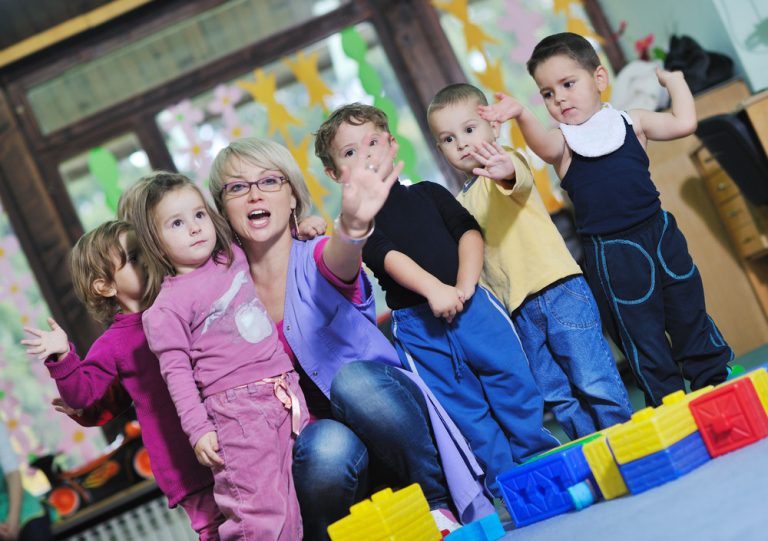


We all want the best for our children, particularly when it concerns their education. Preschool learning especially determines a lot in the way of how children will perform in school later on. The answer to offering the best approach for any child is simple; any kind of constructive creative learning will help open minds and expand knowledge from an early age. Pursuing classes in art and music even as early as two years of age can introduce a child to the concepts of creativity and beauty in one?s work. But how does creative learning in this way help with schooling going forward? The following are three universal advantages that will follow creative and competent children to every stage of education.
1. Higher Academic Achievement
The current outlook for children going into kindergarten without prior creative learning is a bit grim; 46% of kindergarten teachers reported half of their students struggling to follow directions, 36% lacked necessary academic skills, 34% reported difficulty with students being able to work independently. If it?s hard to believe that participation in preschool arts based instruction can change a child?s performance in kindergarten, consider a report by the Americans for the Arts: it states that young people who participate in the arts at least three hours a day, three days a week through a full year are four times as likely to achieve higher academically on the whole, including winning science fairs and essay competitions.
2. Better Participation
It may be that through exposure to self-created art, be it with paint or an instrument, that children gain the confidence to fully apply themselves and do their best in school. In addition to higher academic achievement, students who study art are four times as likely to be awarded for perfect school attendance. Those same children that participate in the arts at least three hours a day, three days a week through a full year are three times as likely to be elected to influential positions in class office.
3. Brighter Future
Studying the arts at an early age provides so many educational advantages that children will take with them throughout life. Even into adulthood, those lessons in creativity, confidence and leadership will lead them to being competent and successful members of society. However, funding for the arts is a bit lacking even for all that it can do for children. Federal funding for arts and humanities comes in at about $250 million a year, while the National Science Foundation gets as much as $5 billion.
Enrolling young children in arts and humanities gives them irreplaceable advantages for the rest of their lives but it also ensures a brighter tomorrow for kids yet to be born. Make no mistake, supporting the arts is essential to creating a better world.




